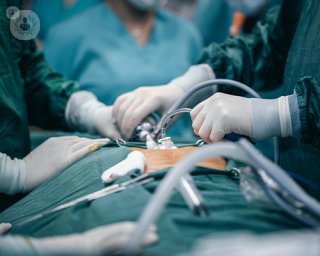
Redazione internazionale di Top Doctors
Ginecologia e Ostetricia
Menopause is a natural stage of life that marks the end of a woman’s reproductive years, typically occurring between the ages of 45 and 55. It brings about significant hormonal changes that can result in a variety of physical and emotional symptoms. With proper assessment and expert care, many women can navigate menopause more comfortably, minimising the impact on their daily lives and overall health.













